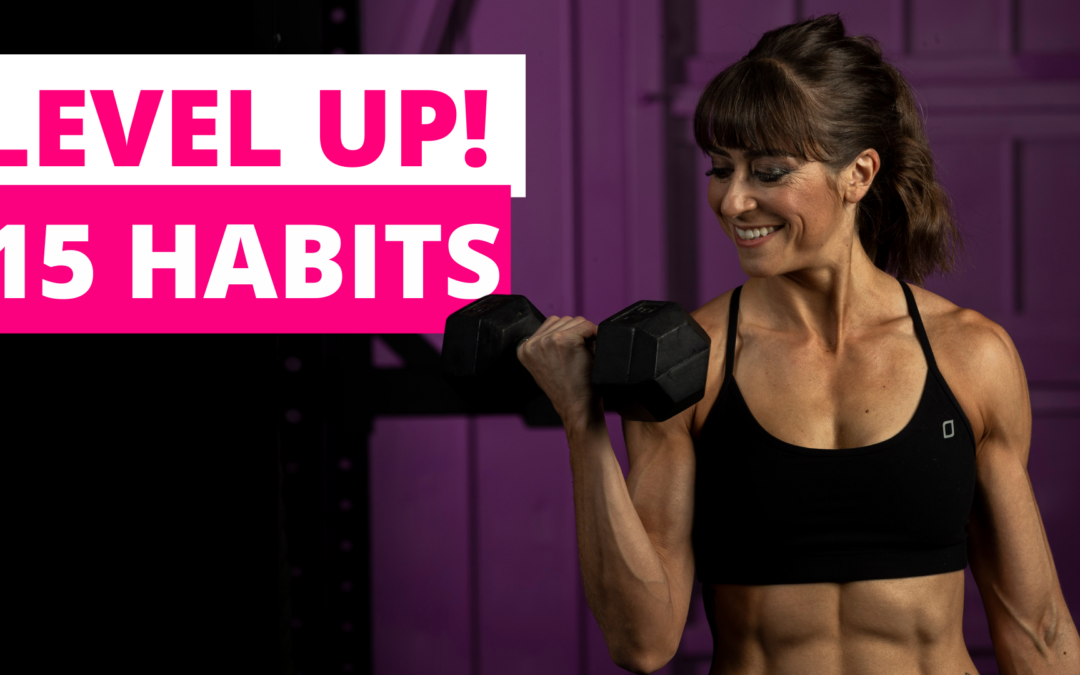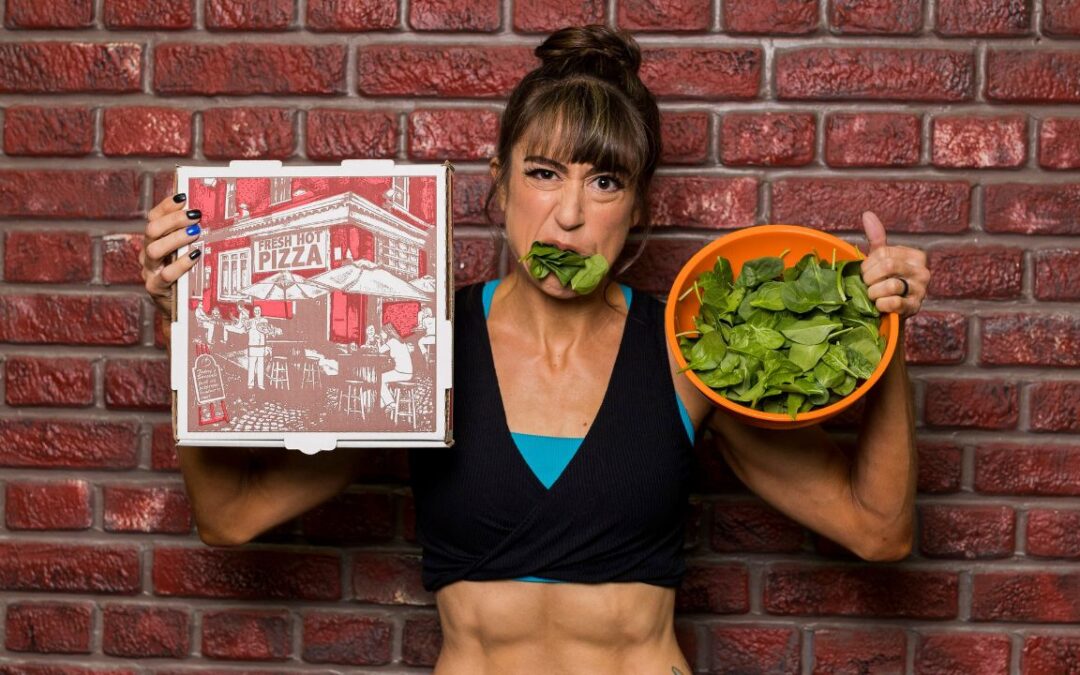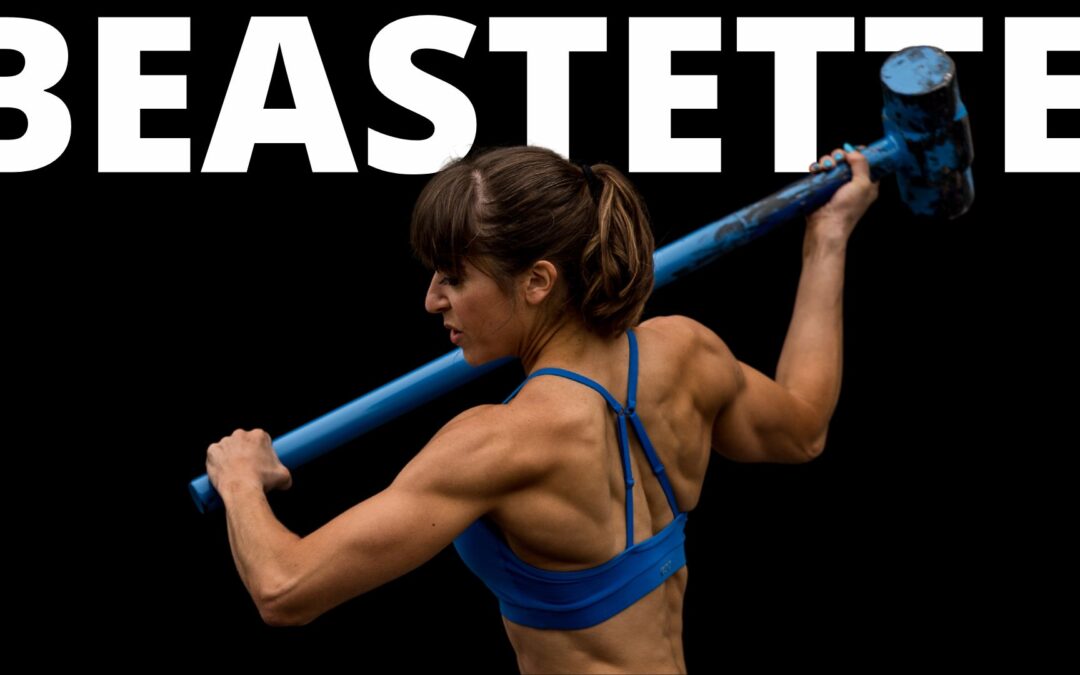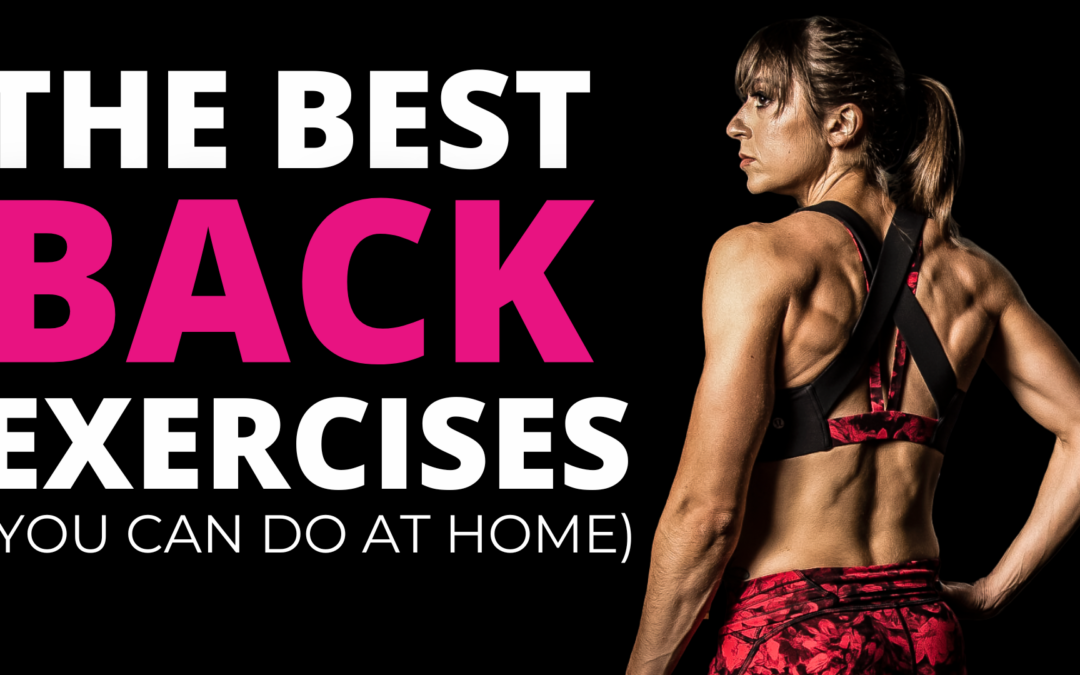
by Cori Lefkowith | Jan 19, 2025 | Blog, Diet, Exercises, Habit Change
We are what we repeatedly do. If we want to reach our goals, we need to implement new habits daily. But creating new habits isn’t as simple as learning something new. It’s first becoming CONSCIOUS of daily habits we’re doing that are so comfortable we don’t even...

by Cori Lefkowith | Jan 12, 2025 | Blog, Diet
“It’s not my workouts. It’s my diet.” I struggled to make the nutritional changes I needed to see the fat loss and muscle definition I wanted for the longest time. I tried to out exercise my diet. But you can’t. At least not for long. And the more we try to, the more...

by Cori Lefkowith | Jan 5, 2025 | Blog, Diet, Exercises
I’m going to give it to you straight – the places we want to lose from first are often the LAST to go. And in the process of losing fat, they often look WORSE before they look better because areas around them shrink as they stay EXACTLY THE SAME. This makes...

by Cori Lefkowith | Dec 30, 2024 | podcast
LISTEN HERE 7 WATCH HERE 7 TRANSCRIPT 7 OPEN TRANSCRIPT (00:00):Hey guys, this is Cori from Redefining Strength. Welcome to the Fitness Hacks Podcast. This is the show where I share all my free workout and nutrition tips. I’m not going to ever fill this episode...

by Cori Lefkowith | Dec 29, 2024 | Blog, Exercises, Travel Workouts, Workouts
You can get in a killer workout without going to the gym. You can see amazing results training at home or when you travel. So don’t try to use the fact that you can’t get to the gym as an excuse! However, we need to recognize that there is often one muscle group...






